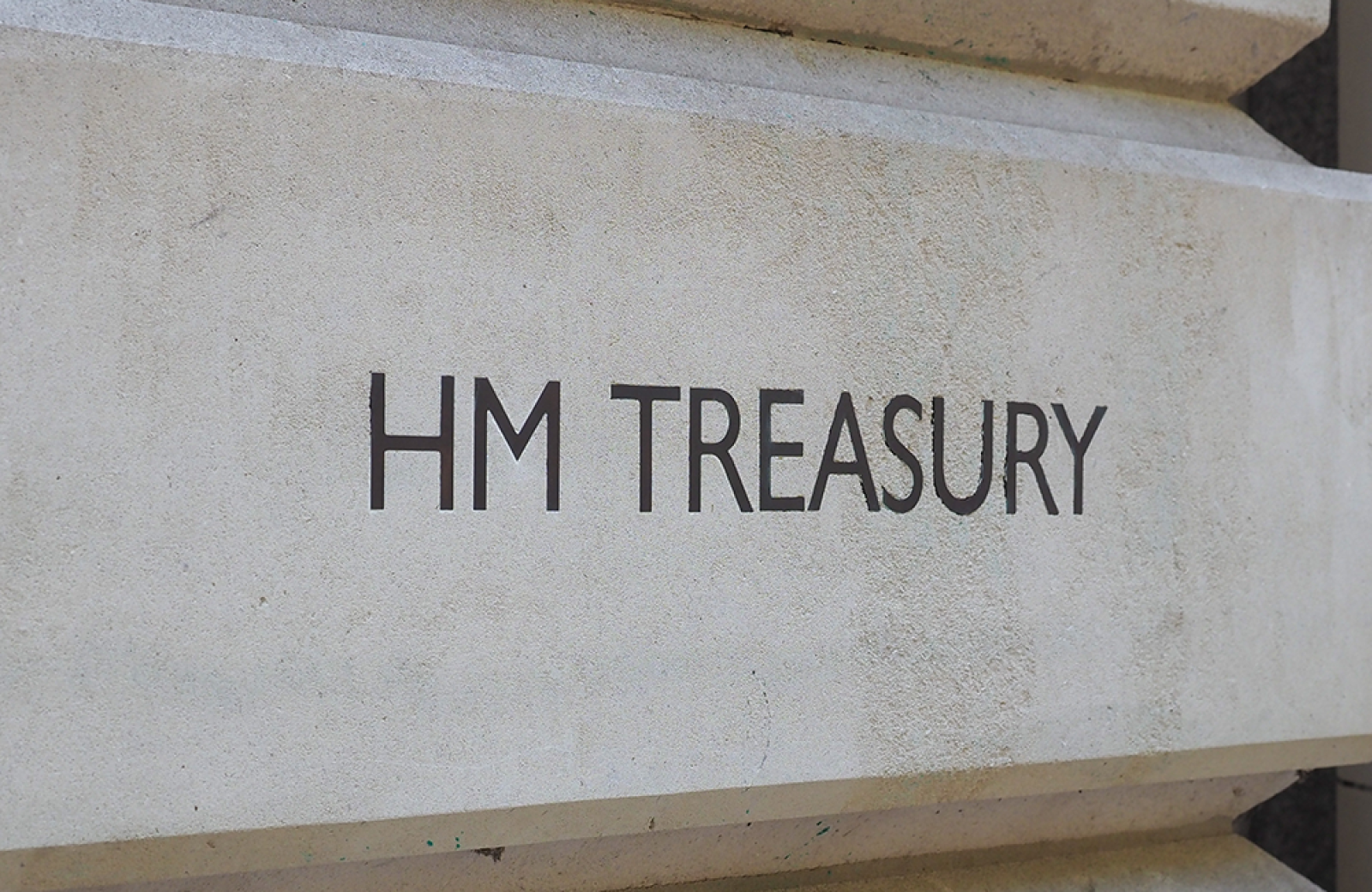Key transport takeaways from the Autumn Statement

Last week the Chancellor Jeremy Hunt took to the dispatch box to set out what he branded an “Autumn Statement for growth” with a total of 110 “growth measures”. Whilst the statement featured some welcome commitments to planning reforms and electric grid upgrades, as well as details on deeper devolution, public services and transport were notable by their absence in the Autumn Statement. We take a look at the key takeaways from the announcement.
Unlocking the potential of planning and the grid
The Chancellor committed to “remove barriers to investment in critical infrastructure by reforming the UK’s inefficient planning system and speeding up electricity grid connection times”. The sentiment and actions outlined as part of this are a welcome step, which have the potential to lead towards finally integrating transport in planning to build sustainable and well-connected places. In particular, the promised update to the National Planning Policy Framework could make a considerable contribution to accelerating the decarbonisation of transport. Whilst the commitment to act on the electricity networks commissioner's proposals to accelerate the deployment of new energy infrastructure and the accompanying Connections Action Plan, will play an important role in supporting the rollout of electric vehicles.
Transport at the heart of devolution
In the midst of the mostly supply-side reforms, the Chancellor also confirmed four new devolution agreements – Hull and East Riding Mayoral Combined Authority, Greater Lincolnshire Mayoral Combined County Authority, Lancashire Combined County Authority, and the Cornwall Devolution Deal. Alongside the new deals, the government also provided details on how it plans to extend devolution in England through the Level 4 devolution framework, which includes further levers on local transport as well as the promise of a single pot transport settlement.
Greater fiscal autonomy and transport powers are at the heart of devolution success. The combination of simple, long-term funding models underpinned by local decision making would enable transport authorities to deliver services and schemes that unlock economic growth and deliver best value for public money. Whilst the announcement marked a welcome step forward, there are many outstanding areas in transport, on which the momentum of devolution must be accelerated.
A Memorandum of Understanding, published as part of the Autumn Statement, marked a significant step towards single funding settlements for the West Midlands and Greater Manchester Combined Authorities.
We will be exploring the devolution developments and what they mean for the future of transport in more detail soon.
Capital investment freeze
The government has made capital allocations for improvements to public transport to Mayoral Combined Authorities via City Region Sustainable Transport Settlements (CRSTS). This funding is welcome and is already bringing about tangible improvements to public transport in the areas that benefit. However, the rising costs of capital projects means that, in effect, transport authorities are in the position of being able to ‘do less for more’.
The Chancellor’s confirmation of the decision made last year to freeze capital budgets from 2025/26, means that this trajectory is set to continue plaguing capital budgets, as government capital spending will remain flat in cash terms from the end of the Spending Review period.
Any positive steps towards unlocking infrastructure delivery will be tempered with this move, which effectively means cuts to public investment in infrastructure due to the ongoing impact of inflation.
Worrying future for public service funding
The statement for growth notably excluded any new funding for public services. Settlements which looked relatively generous in 2021 have since been significantly eroded by inflation and rising costs.
The Chancellor used what throughout the week leading up the statement was referred to as the ‘headroom’ to deliver significant tax cutting measures. The headroom is predicated on the future substantial, squeeze on public service budgets. The confirmation that spending increases beyond April 2025 will go only as far as 1% in real terms every year, will now inevitably bake in this erosion and make for an increasingly worrying future for ‘unprotected’ departments. The OBR estimates that the spending of unprotected departments would need to fall by 2.3% per year in real terms from 2025/26, which translates to a £19bn reduction in spending.
The Chancellor also opted for private sector growth at the expense of a sustainable footing for public services. Local councils up and down the country are already warning of an ‘existential threat’ to their future, as the LGA estimates a funding gap of almost £3bn in the next two years, just to continue providing existing levels of service.
The Autumn Statement and the prospect of another five years of real-terms cuts makes for a very uncertain and worrying future for public service funding, from local government to transport.
Ultimately, there are very few policy interventions that deliver on multiple fronts, simultaneously as those on transport – from achieving Net Zero to improving public health, and from boosting economic growth, to enabling social justice. But transformative change cannot be achieved on a shoestring or without certainty of funding to allow for long-term strategic planning. We will continue to work with our members and the government to ensure that transport authorities are granted sufficient funds, certainty and clarity to deliver on their ambitious plans.
Monta Drozdova is Policy and Research Advisor at the Urban Transport Group

